Adding raised beds to your garden can be very beneficial! They make gardening easier on your back, allow for better control over the soil/compost you use and are an attractive feature. Here are 10 of the best plants for raised beds.
When choosing plants for raised beds, remember that they drain quickly. Choose plants that can tolerate drought and thrive in free-draining soil to ensure success. Additionally, pay attention to the amount of sun exposure your raised beds receive to make the best planting choices. Fill your beds with blooms and greenery that will flourish in these conditions. Here are a selection of the best plants for raised beds.
Choosing the correct flower seeds for raised beds is crucial to creating a thriving and visually appealing garden. When selecting seeds, consider flowers that match the soil conditions, sunlight exposure, and height of your raised beds. Compact or medium-sized plants like marigolds, zinnias, and pansies are ideal, as they provide vibrant color without overwhelming the space.
Benefits of raised beds
Raised beds are a fantastic option for gardeners; they offer many benefits to help you grow healthy plants.
- Improved soil drainage: Raised beds allow water to drain away quickly which helps prevent waterlogging and can improve your soil quality over time.
- Pest control: Because they are off the ground, raised beds are more difficult for pests to get to. This can help to protect your plants from damage from pests.
- Easier to access: Raised beds are much easier to access when your planting, weeding, and harvesting which can be a huge benefit for those with mobility issues.
- Customisable: One of our favourite things about raised beds is that you can customise them to fit your space. Whether you have a large backyard or a tiny balcony space.
- Soil suitability: Raised beds are beneficial if you have poor or unsuitable soil for the plants you want to grow. By filling your raised bed with the right type of compost, you can create the perfect growing conditions for your plants.
- Warm quickly: Raised beds also tend to warm up more quickly in the spring, making them an ideal space for planting and growing vegetables
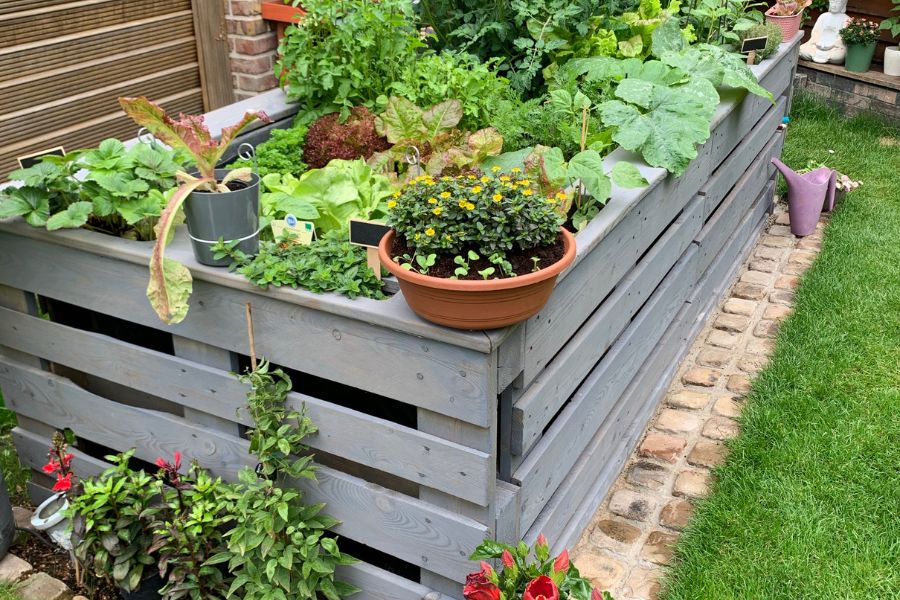
Consider the location of your raised bed when choosing plants
Looking at the location of your raised bed and considering the amount of sunlight your area will get is vital before choosing plants. While many plants thrive in sunny and shady areas, you’ll be more limited in areas of deep shade. If your raised bed is located near a fence or wall, it may receive less rainwater and require more watering. So, be mindful of the location of your raised bed before planting anything.
10 of the best plants for raised beds

Lavender
Lavender can thrive in a raised bed because this hardy plant loves dry, well-drained soil and full sun. Growing it in a raised bed helps prevent root rot. Not only will it attract bees and other beneficial insects, but it also adds a lovely fragrance to your outdoor space.
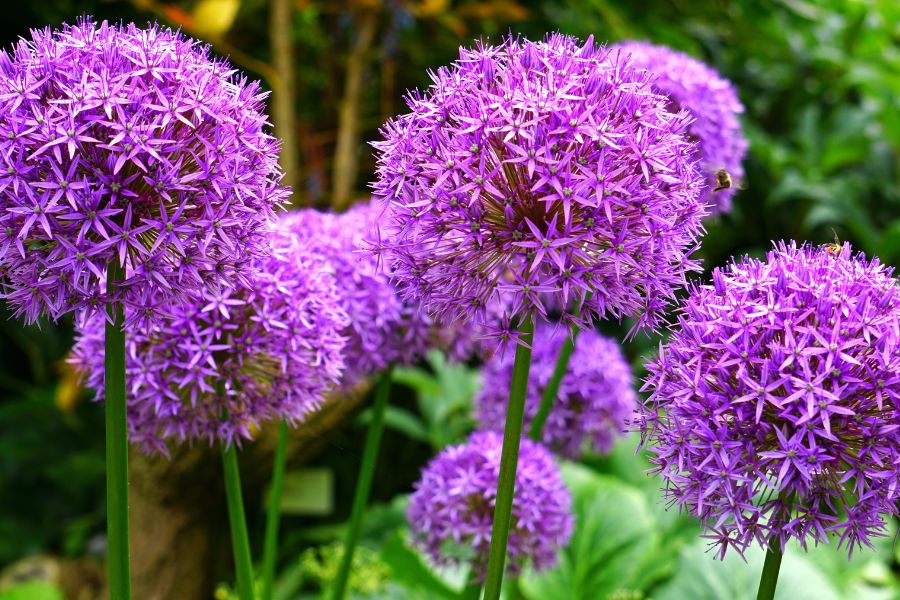
Allium
Allium is an excellent choice to add some late summer colour to your garden. This ornamental member of the onion family thrives in well-drained, slightly acidic soil, making it a perfect fit for a raised bed. The taller varieties of this perennial plant can also add some height to your display. They’re easy to care for and will come back year after year if left undisturbed. Alliums are also known for their ability to deter pests such as aphids and slugs.
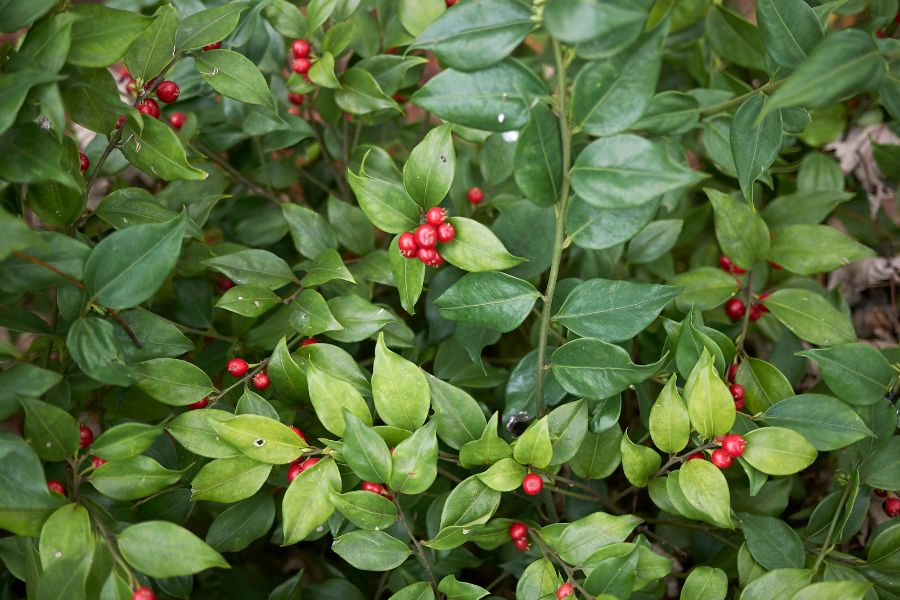
Sarcococca
If you’re looking for a plant that will attract honeybees early in the year, consider Sarcococca, also known as sweet box or winter box. This evergreen is an excellent choice for raised beds, mainly if they’re located in a shady area. Not only does it have strongly scented flowers in the winter, but it also produces berries in the summer. For optimal growth, ensure the soil is moist but well-drained and neutral.
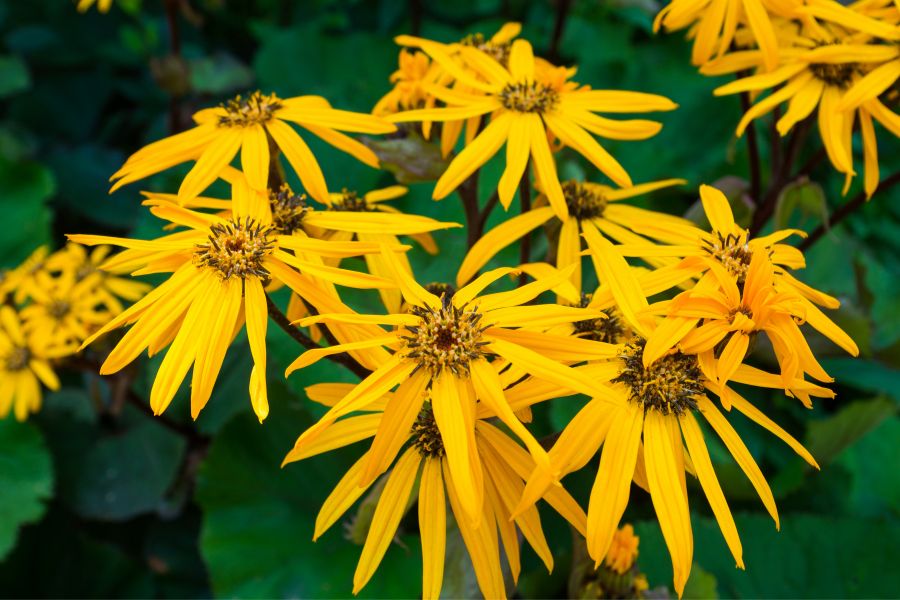
Ligularia
Ligularia, the Leopard Plant, is an excellent choice if your raised bed doesn’t drain well. This plant requires very fertile, moisture-retentive soil. Remember that slugs can damage Ligularia, but plants in raised beds are easier to defend against these pests. Regarding soil type, Ligularia does well in loamy, moist soil that’s either acid, alkaline, or neutral.
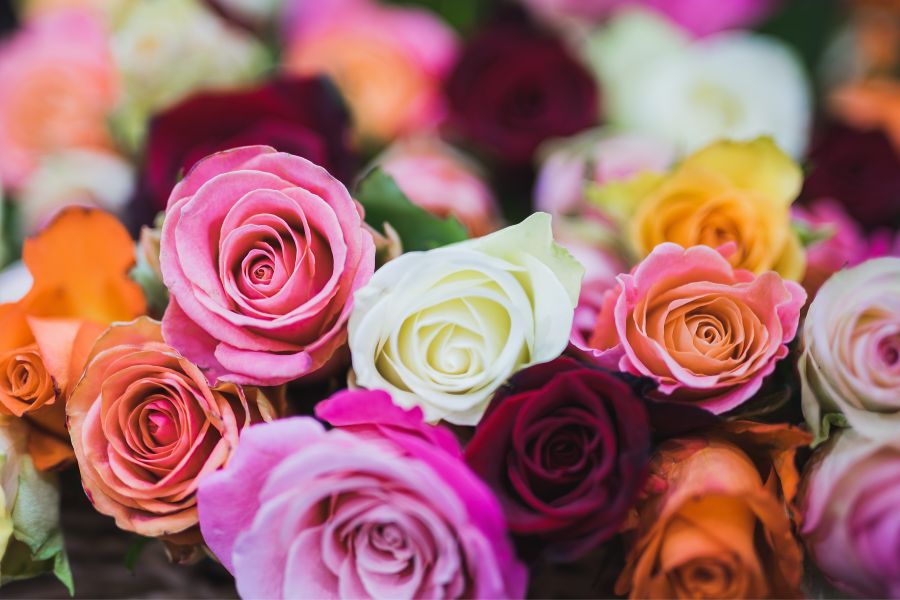
Roses
If you want a great plant to add to your raised bed, roses are an excellent choice! With so many varieties available, you will find one that will thrive in your growing conditions. Roses tend to prefer a sunny location and growing them in a raised bed can help keep them a bit warmer than if planted directly in the ground. This can be especially helpful in protecting the blooms from frosty air pockets. Regarding soil type, roses do best in soil that is well-drained yet moist and can grow well in acidic, alkaline, or neutral soil.
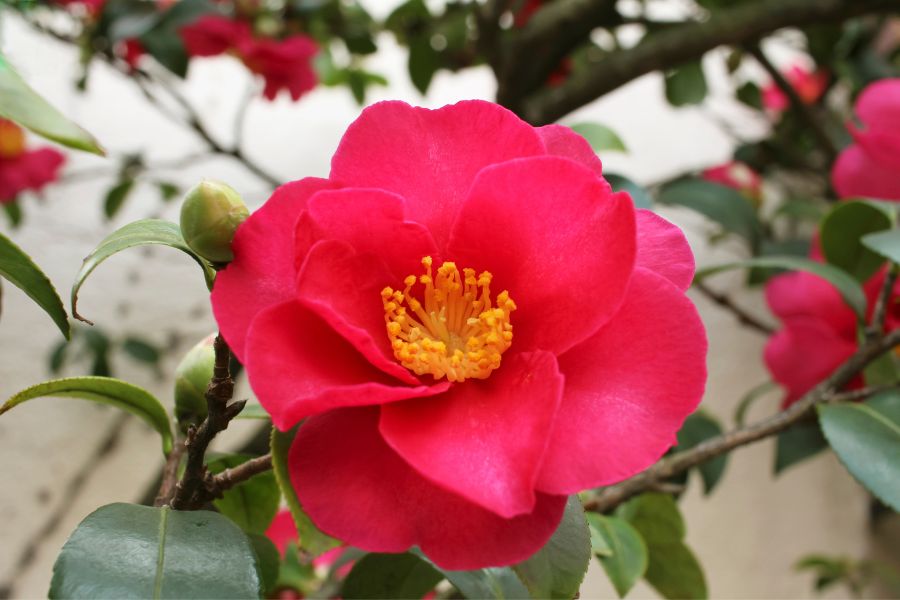
Camellia
Consider the spring-flowering evergreen known as Camellia. This plant loves acidic soil, which can easily be achieved in a raised bed. One thing to keep in mind is that Camellias do best in moderate shade. Additionally, they require moist soil in early autumn to form flower buds, and raised beds may be dry during this time. You may need to water them in dry late summer and autumn to ensure they get the moisture they need.
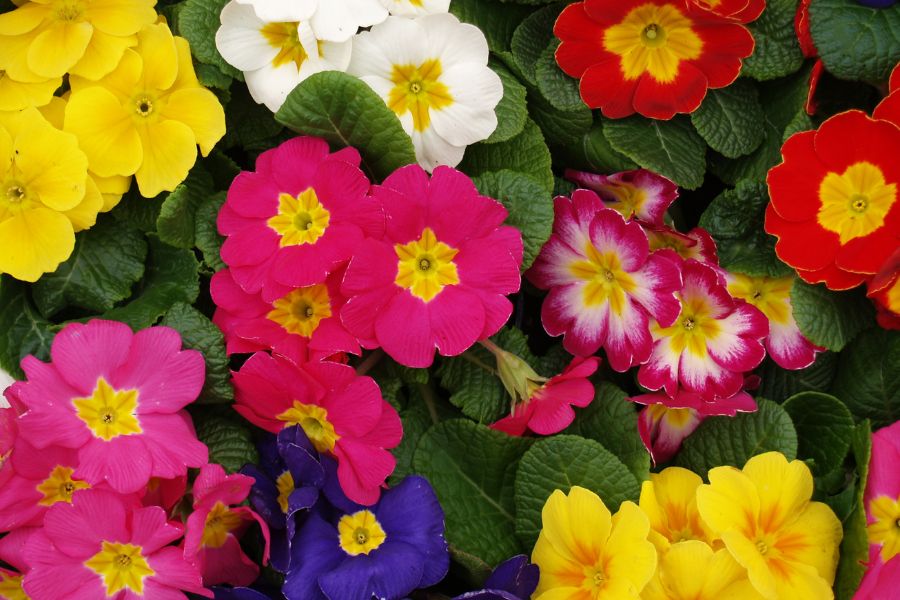
Primula
One great plant to consider for a raised bed is primulas. These delicate flowers are surprisingly tough and can thrive in harsh conditions. They’re accustomed to free-draining soil, making them an excellent choice for raised rock gardens or other raised beds with well-drained, alkaline, or neutral soil. And best of all, they’re easy to care for once established.
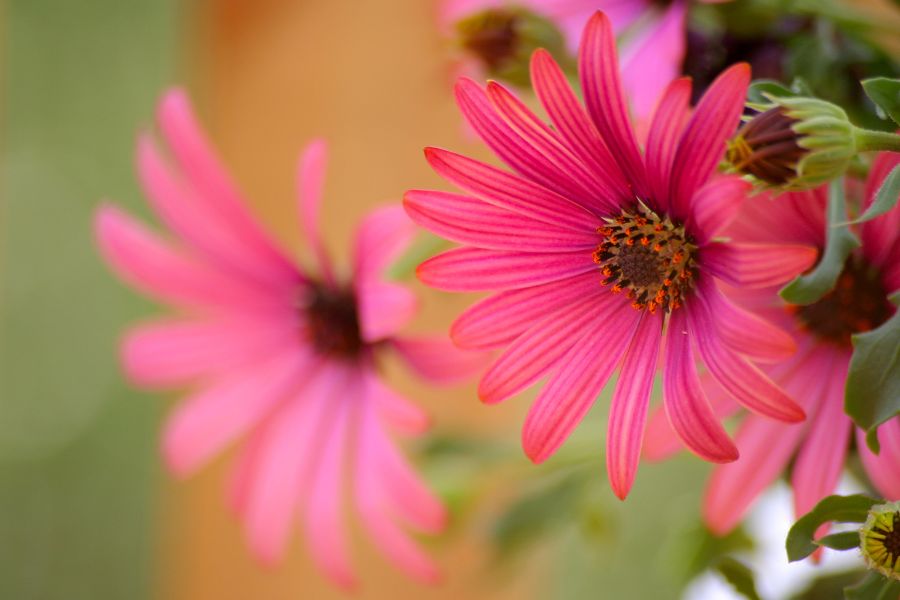
Osteospermums
African daisy, or Osteospermums, is an excellent addition to any raised bed as it can fill any empty space. It is a half-hardy flower that does well in full sun and a sheltered area. While it thrives in raised beds, it does require regular watering to stay healthy.
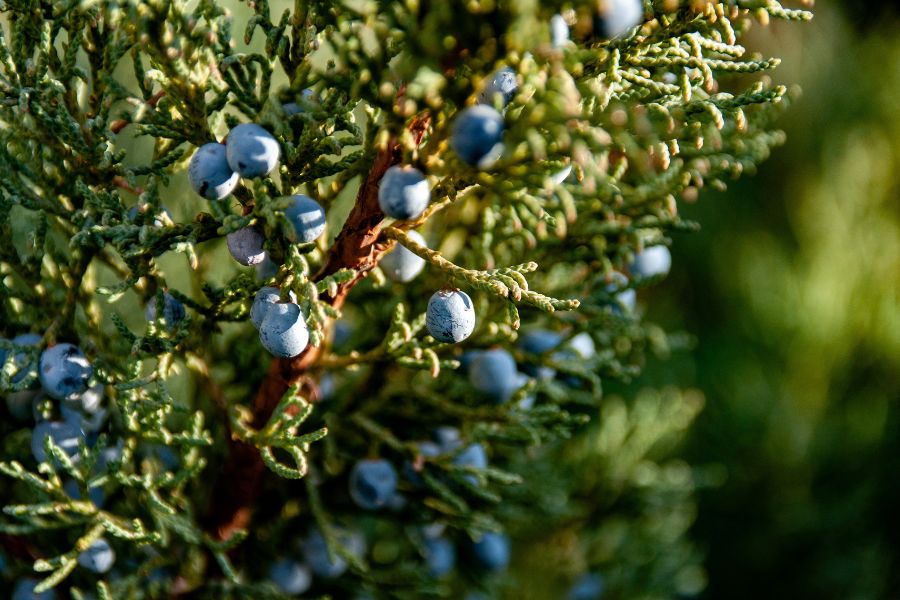
Decumbent Juniper
This conifer is perfect for warm, bright spots. It features thick, evergreen small prickly leaves that require very little pruning, making it ideal for those who want fuss-free foliage. Additionally, this plant can thrive in well-drained soil that is either acid or alkaline or neutral.

Salvia
If you’re looking for a plant that will attract bees and other pollinating bugs to your raised bed, then salvia (ornamental sage) is a great choice. It has long-lasting flowers and aromatic leaves. Moreover, herbaceous perennial varieties are available that are hardy and easy to care for. Keep an eye on them during harsh frosts and take cuttings if necessary. As for soil type, salvia prefers moist but well-drained soil that is either acidic, alkaline, or neutral.
Choosing the right plants for your raised bed can make all the difference in the success of your garden. You can select plants that will thrive in your specific environment by considering sunlight, soil type, and water requirements. We hope you have found this article helpful. Good luck with your gardening!

